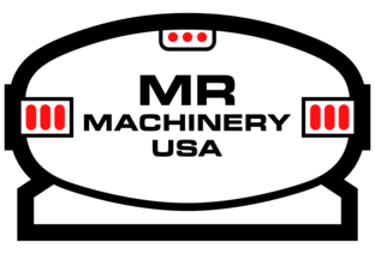Crafting the Flow: The Art of Water Truck Fabrication
Learn about the meticulous process behind crafting these essential vehicles and explore innovations driving efficiency and sustainability.
Marco Rodriguez (CEO)
8/30/20232 min read
In the realm of modern engineering, the art of machinery fabrication stands as a testament to human ingenuity and the pursuit of efficient solutions. Among these marvels of engineering, water trucks have emerged as versatile workhorses, essential for various industries such as construction, agriculture, firefighting, and municipal services. In this blog post, we will delve into the fascinating world of water truck fabrication, exploring the process, components, and innovation that make these vehicles indispensable.
The Role of Water Trucks
Water trucks, also known as water carts or water tankers, play a pivotal role in a range of applications. From controlling dust on construction sites and maintaining green landscapes to supplying water during emergencies and disaster relief efforts, these specialized vehicles ensure the efficient distribution of water where it's needed most.
The Fabrication Process
Design and Planning: Water truck fabrication begins with a meticulous design and planning phase. Engineers and designers collaborate to create blueprints that outline the truck's specifications, including tank capacity, pump capacity, distribution mechanisms, and safety features. The design phase is crucial as it sets the foundation for the entire fabrication process.
Material Selection: High-quality materials are selected based on the intended usage, weather conditions, and durability requirements. Stainless steel, aluminum, and durable plastics are commonly used for water tank construction due to their resistance to corrosion and ability to withstand the rigors of daily use.
Fabrication and Assembly: Skilled welders and fabricators bring the design to life by cutting, bending, and welding the selected materials into the desired shapes. The water tank, chassis modifications, and mounting for components like pumps, hoses, and nozzles are meticulously crafted during this phase. Precision and attention to detail are paramount to ensure a safe and efficient water truck.
Integration of Components: The heart of a water truck lies in its components, including pumps, valves, filtration systems, and spray mechanisms. These components are strategically integrated into the design to enable the effective distribution of water. Pumps are chosen based on their capacity to pump water at varying pressures, while filtration systems ensure the quality of the distributed water.
Quality Control and Testing: Rigorous quality control checks are conducted throughout the fabrication process to identify any defects or inconsistencies. Once the fabrication is complete, the water truck undergoes comprehensive testing to ensure that all components function as intended. Water pressure tests, flow rate assessments, and overall system functionality are among the critical tests performed.
Innovation in Water Truck Fabrication
The field of water truck fabrication continues to evolve, driven by technological advancements and a commitment to sustainability. Innovations include:
Sustainable Materials: As environmental concerns rise, the use of eco-friendly and recyclable materials in water truck fabrication is gaining traction. These materials reduce the carbon footprint and promote a more sustainable approach to engineering.
Smart Water Distribution: Integration of IoT (Internet of Things) technology allows for real-time monitoring of water levels, pressure, and usage. This ensures optimal water distribution and resource management, leading to increased efficiency.
Alternative Power Sources: Some water trucks are exploring alternative power sources, such as electric or hybrid systems, to reduce emissions and operating costs.
Conclusion
The art of water truck fabrication embodies the perfect blend of engineering prowess, creativity, and functionality. These vehicles, born from the fusion of design, craftsmanship, and innovation, serve as lifelines in diverse industries. As technology continues to advance, we can only anticipate further refinements in water truck fabrication, resulting in vehicles that are more efficient, sustainable, and integral to shaping a better tomorrow.



